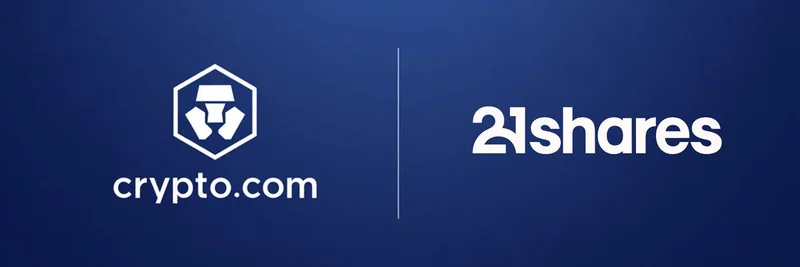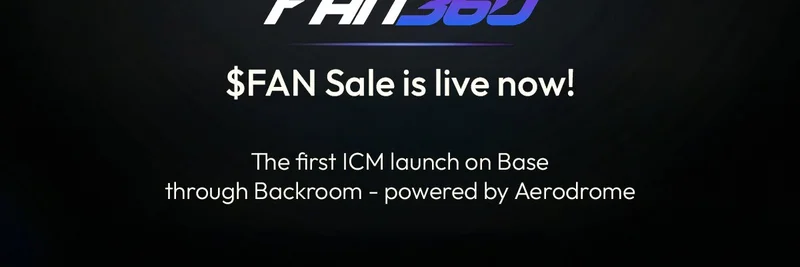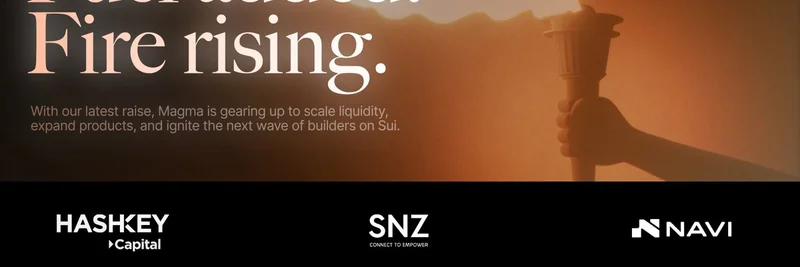In the fast-paced world of cryptocurrency, staying ahead means constantly evolving. A recent tweet from Hari Krishnan, CEO of Spearbit and Cantina.xyz, and a former contributor to the Solidity programming language, has sparked conversations among blockchain enthusiasts. Krishnan, known for his insights into smart contract security and development, posted: "For those building in crypto today: the playbook has changed. How you built in the last five years will get you nowhere. Adapt."
This succinct message resonates deeply in 2025, a year marked by rapid advancements in artificial intelligence (AI) and its integration into crypto ecosystems. As someone who's audited countless protocols and seen the evolution of blockchain tech firsthand, Krishnan's warning isn't just hype—it's a call to action for developers, especially those in the meme token space.
Understanding the Shift in Crypto Development
Let's break it down. The "playbook" refers to the tried-and-true strategies that dominated crypto building from 2020 to 2024. Think manual coding of smart contracts in Solidity, lengthy security audits by human teams, and bootstrapping projects with limited automation. Meme tokens, those viral, community-driven assets like Dogecoin or newer entrants, often launched on hype alone, with basic tech stacked on Ethereum or Solana.
But why has this changed? AI, particularly large language models (LLMs) like Claude, Gemini, and the newly released GPT-5, are now capable of generating code, debugging, and even suggesting optimizations. Krishnan's recent posts highlight this: he's benchmarked these models for coding tasks and emphasized investing in robust CI/CD (Continuous Integration/Continuous Deployment) pipelines to handle AI-generated code. For meme token creators, this means faster launches—AI can whip up token contracts, generate marketing memes, or even automate social media buzz.
However, it's not all smooth sailing. As Krishnan notes in discussions around AI-generated submissions in code contests, quality control is crucial. Spammy or flawed AI outputs can lead to vulnerabilities, which is why over-investing in automated security tools is key. Tools like those from Spearbit or open-source scanners can sift through AI-produced code, ensuring meme tokens aren't just fun but also secure.
AI's Role in Meme Token Innovation
Meme tokens thrive on culture, virality, and speed. In the old playbook, creators relied on manual design and community organic growth. Now, AI changes the game. Imagine using models like Gemini for "workhorse" tasks—generating tokenomics models or predicting market trends based on social data. Or Claude for advanced tool use, like integrating with blockchain APIs to deploy contracts autonomously.
For example, AI agents running in virtual private servers (VPS) allow builders to code on the go, even with spotty internet. This is perfect for meme token launches that need to capitalize on real-time trends, like a viral event or celebrity endorsement. Krishnan's experiments with these agents show they're not just gimmicks; they force better prompt engineering, leading to higher-quality outputs.
Regulatory shifts in 2025, such as the SEC's more crypto-friendly stance under leaders like Hester Peirce, also play a part. But for meme tokens, AI helps navigate compliance by auto-generating disclosures or auditing for potential issues. Sites like Polymarket demonstrate how prediction markets, often tied to memes, benefit from AI-driven insights.
Strategies to Adapt and Thrive
To adapt, start with your tech stack. Krishnan recommends popular frameworks with abundant training data: React for frontends, Tailwind for styling, and PostgreSQL for databases. In crypto terms, stick to established chains like Ethereum for its vast ecosystem, but layer on AI for efficiency.
For security—vital in meme tokens where hacks can kill hype—integrate AI-assisted audits. Cantina.xyz, Krishnan's platform, hosts contests flooded with AI submissions, proving the need for staked participation to filter noise. As a builder, stake your reputation by using verified tools and sharing transparent audits.
Finally, focus on execution over hype. The infrastructure is here: blockchains are scalable, AI is accessible. For meme token creators, this means blending AI-generated content with genuine community engagement. Tools like Anthropic's Claude for coding or OpenAI's APIs for creativity can turn a simple idea into a cultural phenomenon overnight.
Krishnan's tweet is a reminder that crypto isn't static. Whether you're launching the next big meme token or building DeFi protocols, embracing AI isn't optional—it's essential. Adapt now, and you'll not just survive but lead the next wave of blockchain innovation. Stay tuned to Meme Insider for more insights on how tech trends are shaping the meme economy.



